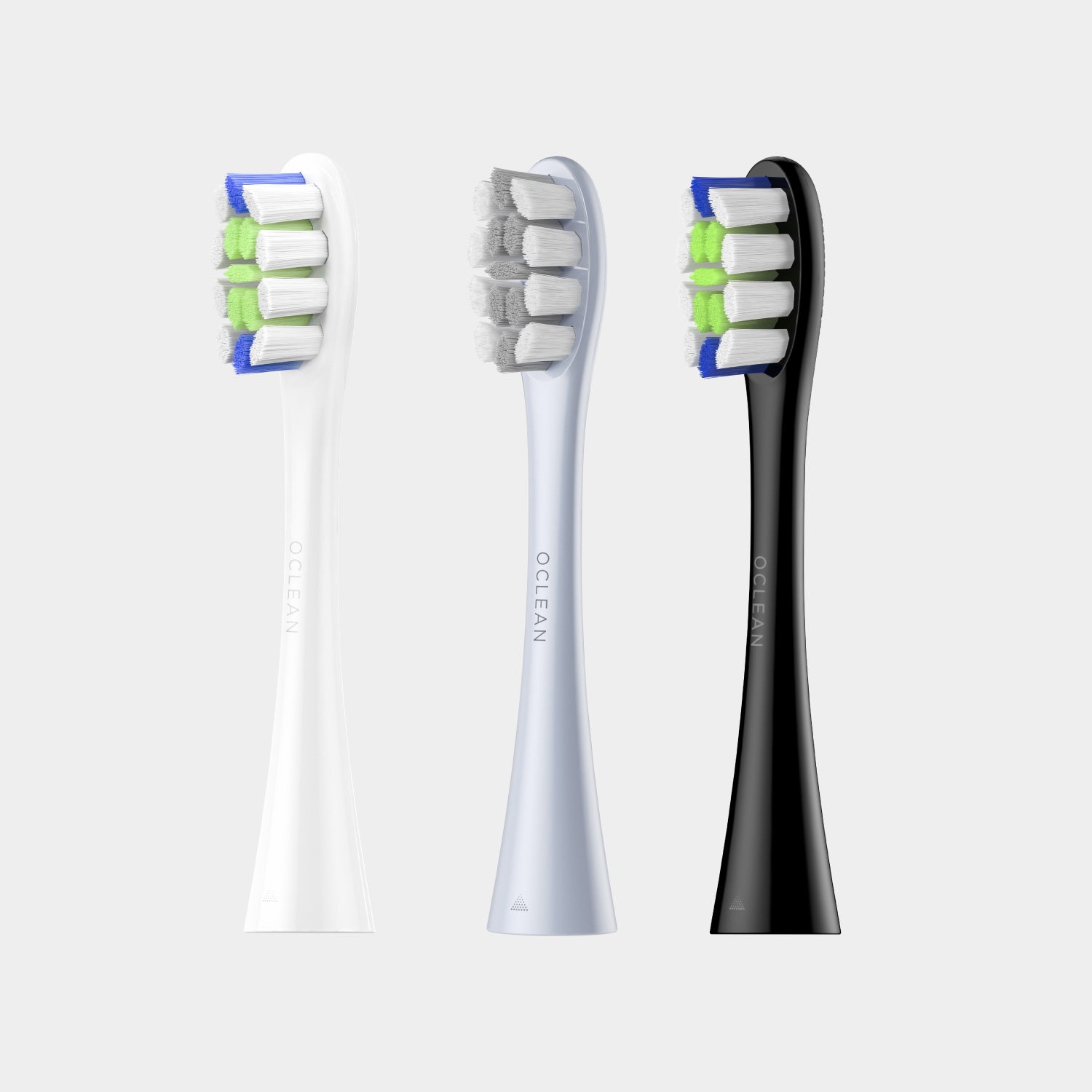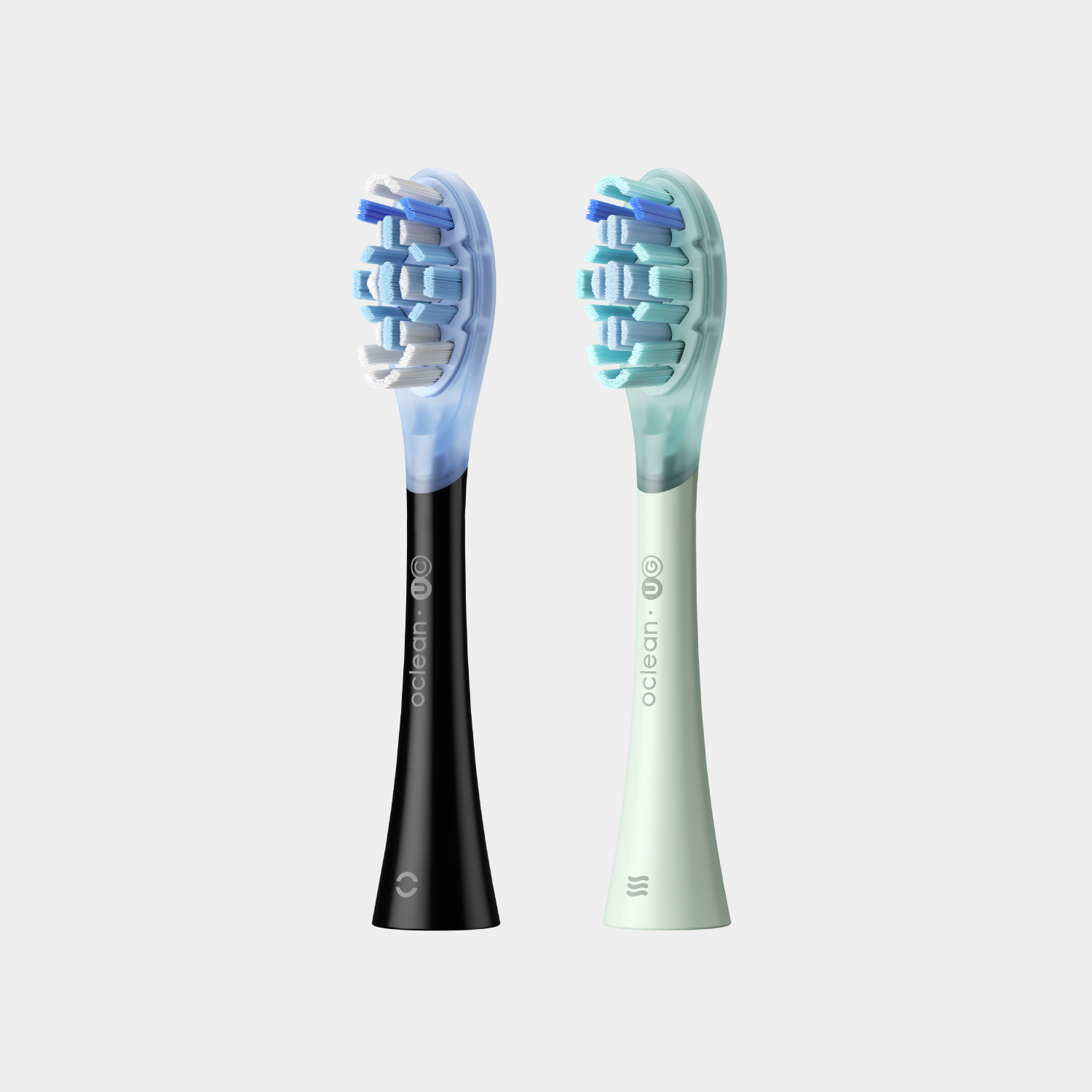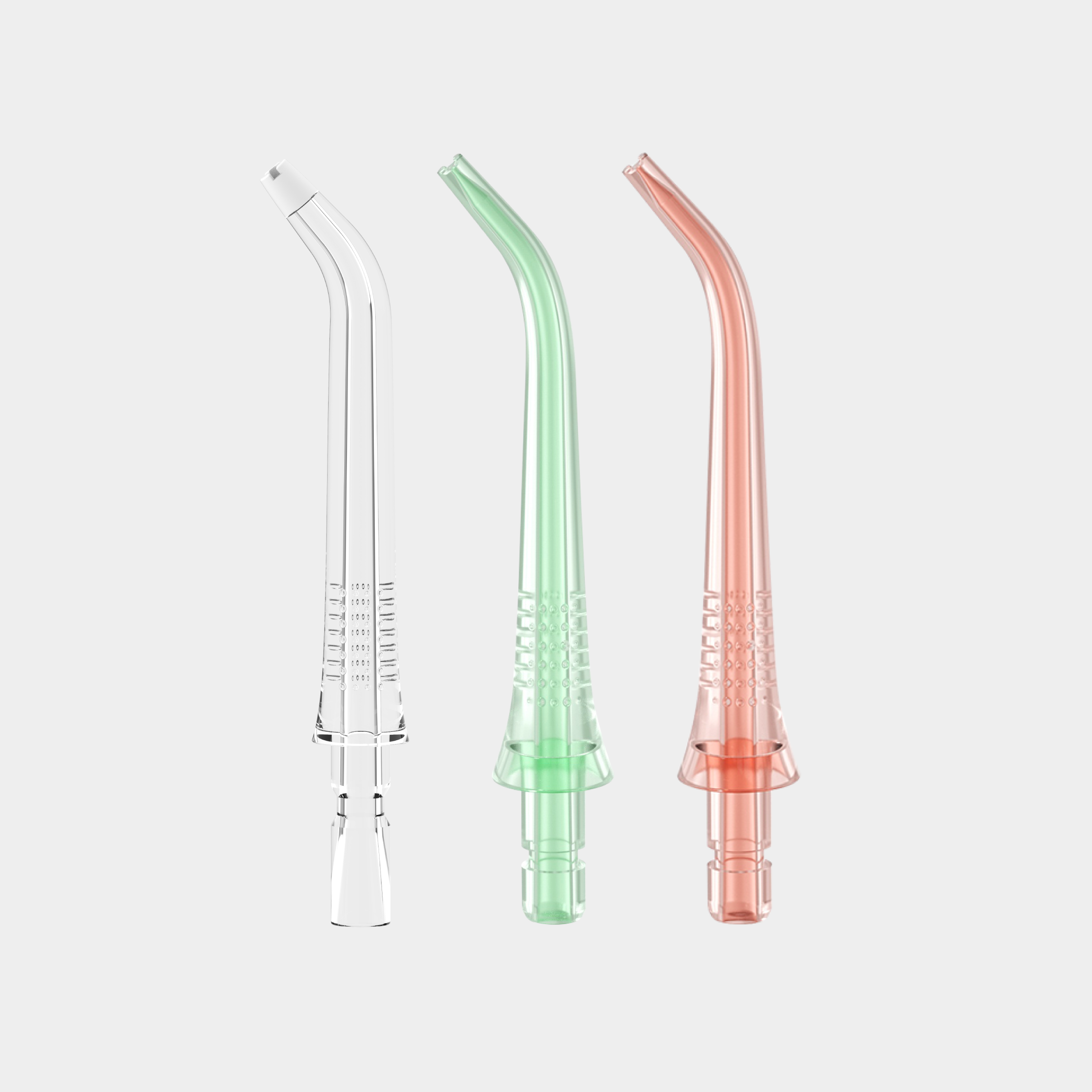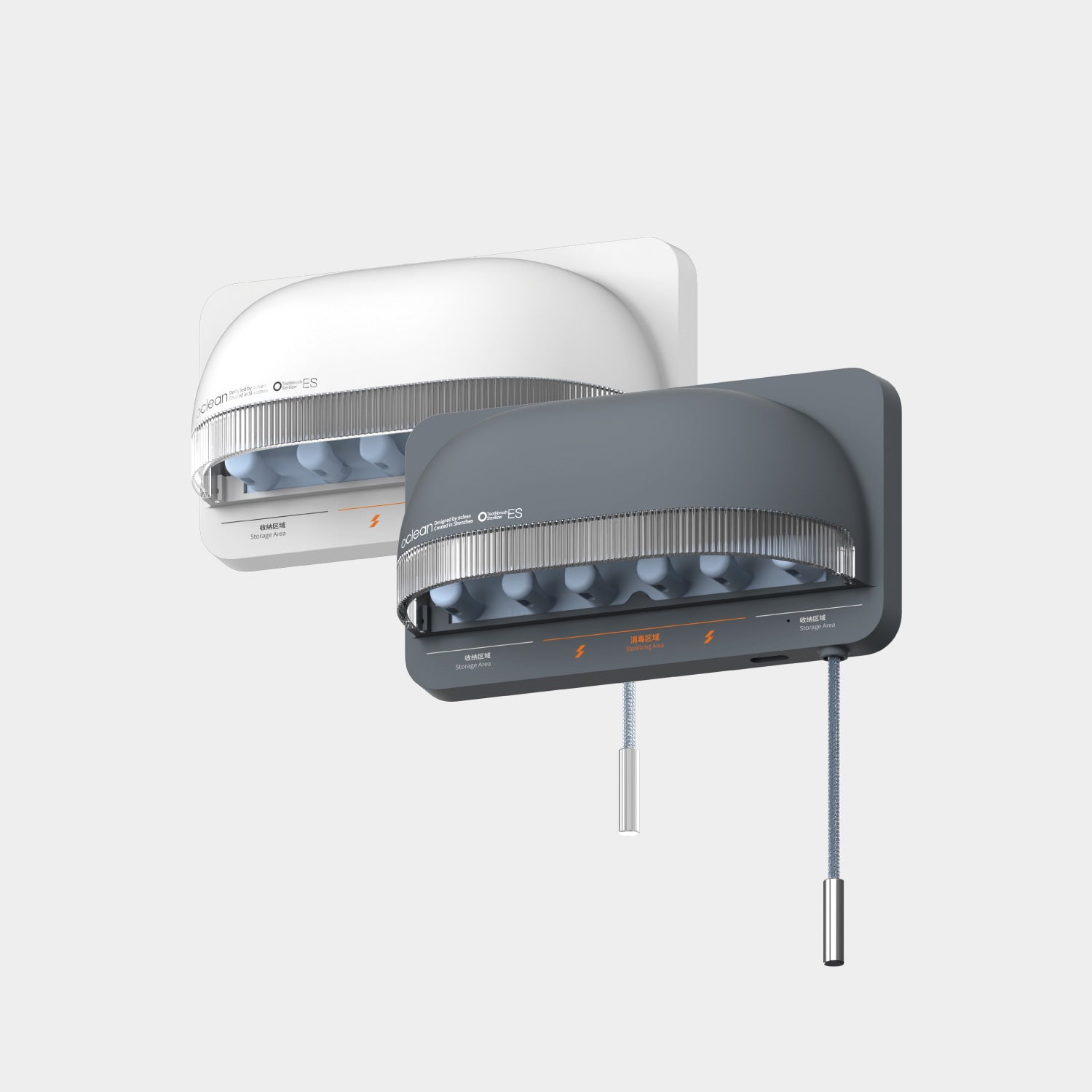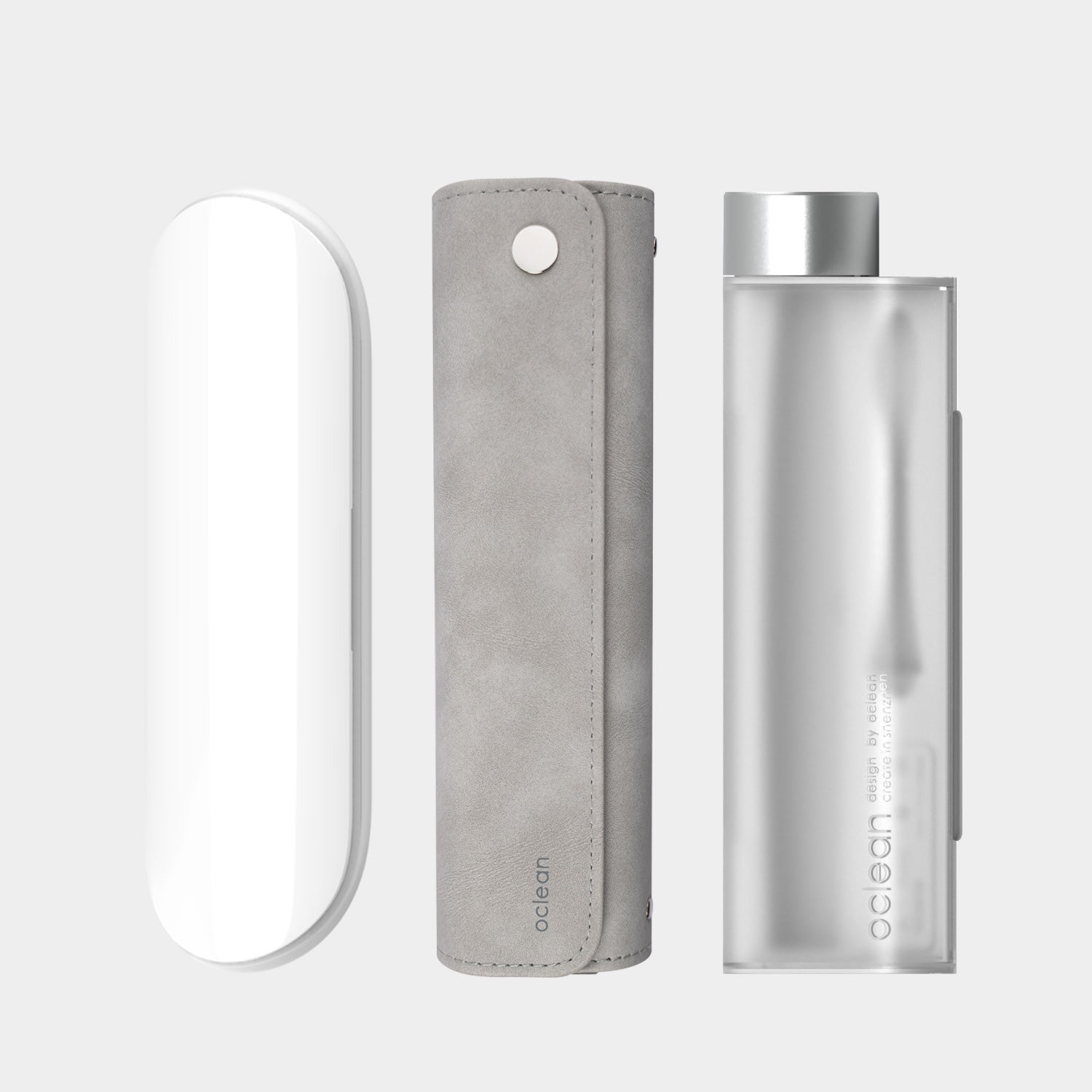Life of COVID on Toothbrushes
Coronavirus has impacted the lives of millions on a global scale. From quarantines to losing loved ones, we've seen all. Moreover, the average number of people infected from a single person with COVID went as high as 1.11% (number amounting to millions) the previous year. We must know how to avoid this virus's transmission in such circumstances.
Did you know that COVID can be transmitted to your loved one through your toothbrush?
How long can COVID stay on toothbrushes?
Can you reinfect yourself with covid from your toothbrush? The Centers for Disease Prevention and Control (CDC) say coronavirus can survive on plastic and steel surfaces for 72 hours, i.e., three days. Thus, if you've been infected with this virus, you must toss your toothbrush in the bin. Furthermore, it would help if you employed disinfection, sanitization, and sterilization to prevent the virus.
How to protect your toothbrush from COVID-19?
Multiple ways can be done:
1. Disinfection:
The first way of disinfecting your toothbrush from coronavirus is by rinsing it with 0.5% hydrogen peroxide. Hydrogen peroxide is a chemical that is proven to be efficacious against microbes. It will kill the virus, harmful bacteria, and other associated pathogens.
The second way is to place your toothbrush in boiling water. However, you must use this method for manual plastic toothbrushes only. In the case of electric toothbrushes, this method cannot be used as this might damage them. Thus, for electric brushes, you must go with hydrogen peroxide.
2. Sanitization:
Like hand sanitizers, toothbrush sanitizer can also protect toothbrush from bacteria. One such sanitizer is the Oclean S1 Toothbrush Sterilizer. It has a 99.9% sterilization rate and is also capable of disinfection. In addition, this UV toothbrush sanitizer can sanitize up to 5 toothbrushes altogether.
3. Self-protective measures:
Self-protective measures include washing hands thoroughly for 20 seconds after brushing. This must be done to fend off transmission through surfaces and mucosa. In addition, you must also avoid touching your eyes, nose, and mouth as they can serve as an entry site for the virus.
Another important measure that must be taken into consideration is sharing. Sharing food is a good thing. But when it comes to toothbrushes, it's a bad thing. So act wisely and avoid sharing toothbrushes. Moreover, place your toothbrush in an upright position and make sure it's dry – to prevent the growth of pathogens.
Recovered from COVID: What to do?
1.Toothbrush care: Do i need to change toothbrush after covid?
· Replace your toothbrush with a new one.
· In the case of an electric toothbrush, replace its brush head with a new one.
· Disinfect the handle of your toothbrush with 0.5% hydrogen peroxide.
· Avoid placing your toothbrush near the toothbrush of your loved one, especially if they have a cold, cough, or flu.
· Dry your toothbrush by moving it in a rapid right to the left position.
· Place your toothbrush in an upright position, in a closed cabinet or a cupboard.
· Toothbrush replacement must be done every three months.
· If you are a Smart Electric Toothbrush user, you should change the toothbrush head every three months and put it in a Toothbrush Sterilizer after using.
2. Oral care:
· Drink 8 cups of water a day to increase salivary flow.
· Employ the use of mouthwash to kill bacteria in places where a toothbrush cannot reach
· Scrap your tongue with a tongue cleaner.
· Maintain oral hygiene by brushing your teeth twice a day and flossing once daily.
Bottom line:
COVID-19 can spread from person to person via toothbrushes as well. It can stay on a toothbrush for as long as 72 hours. The aspects of toothbrushes and oral care have been discussed in the preceding sections.
Related Readings:
Can You Bring an Electric Toothbrush on a Plane
How Many Calories Are in Toothpaste
What Happens if You Swallow Toothpaste
Are Charcoal Toothbrushes Safe






















































